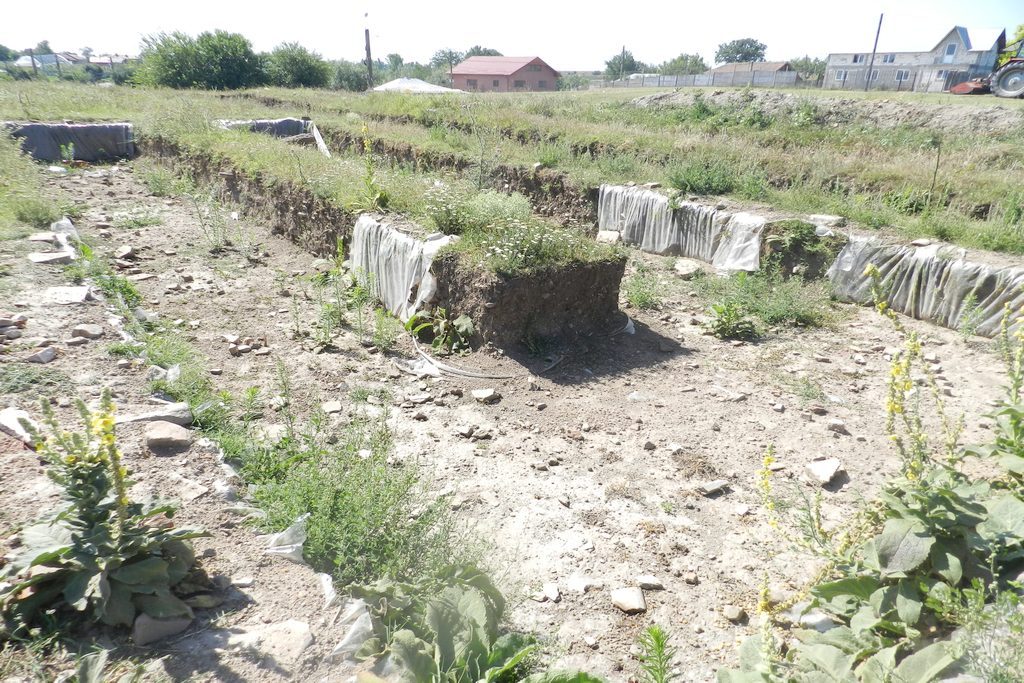

Romula, carries a Roman name reminiscent of Rome, the eternal city. The conquest of Dacia by the Romans and converting a portion of its territory in the Roman province marked an important leap in material and spiritual life of the lands from north of the Danube. Among the newly elements of civilization, introduced in Dacia, were the cities; among newly established urban settlements was found out the Romula city, that has evolved rapidly, becaming, shortly, the main urban center in the area, the capital of lower Dacia of later Dacia Malvensis.
Like the large urban centers of Dacia, Romula-Malva has advanced in municipal hierarchy, obtaining, along with its develomnent, the rank of municipium and the colony. Romula’s first evidence as a municipality dates from the time of Antoninus Pius, but it seems very probable that this promotion is owed to Emperor Hadrian on the occasion of the administrative reform in the years 119-120, with its designation as the capital of Dacia Inferior. Neither the date of granting the colony status is not accurately known; is accepted a promotion to higher status during the reign of Septimius Severus.
The barbaric attacks that occurred by mid-century III at eastern border of the province triggered the crisis of the Roman rule, bringing to the forefront of the events the southern regions of it. After more than a century of prosperity, Romula – -Malva suffered significant damage during this period. Aurelian withdrawal of roman army and administration (275) marked the end of the existence of the roman city Romula. In the area have been found traces of habitation belonging to the Neolithic (culture of Boian V), period of transition to the the Bronze Age (Coţofeni culture), the Bronze Age (Vericioara culture, final phases), the Geto-Dacian Latene and the centuries XIV-XVI.
At the east and westof the roman road to Acidava (Enosesti), to the north and south of the wall of Philip the Arab, is found the center (district) of pottery production of the north part of the roman city Romula. This has become the the most intense analyzed archaeological site.
The researches in this area began in 1965 and continued until 1998 under the direction of archaeologist Dr. George Popilian. In this sector were discovered a total of 22 kilns bricks and pots, a suburban villa, several buildings and two graves in sarcophagi of brick. The overall aim of the the archaeological excavations in 2003 was the extension of the research over the center of pottery production in the northern part of the roman city.
